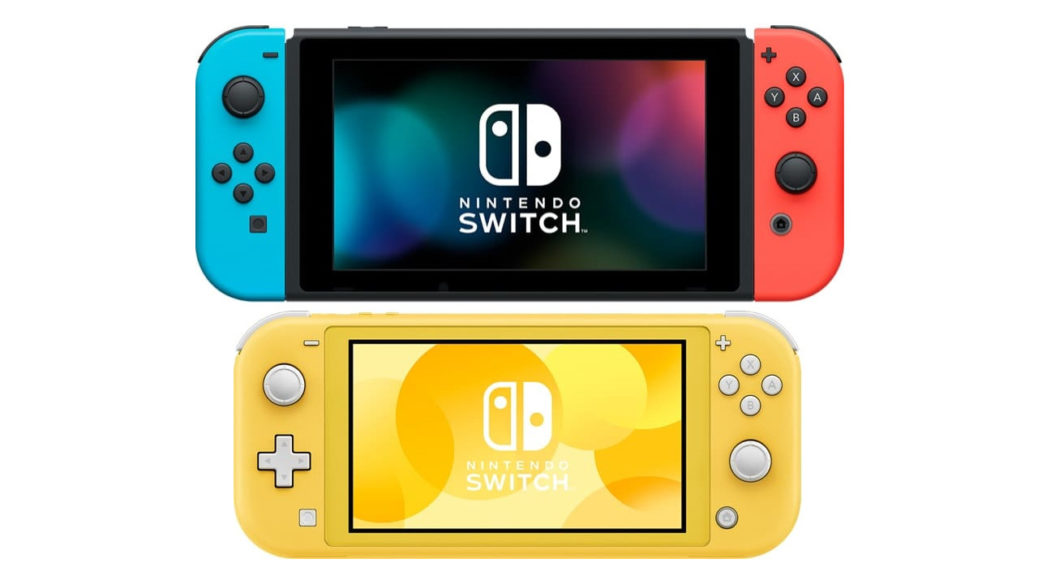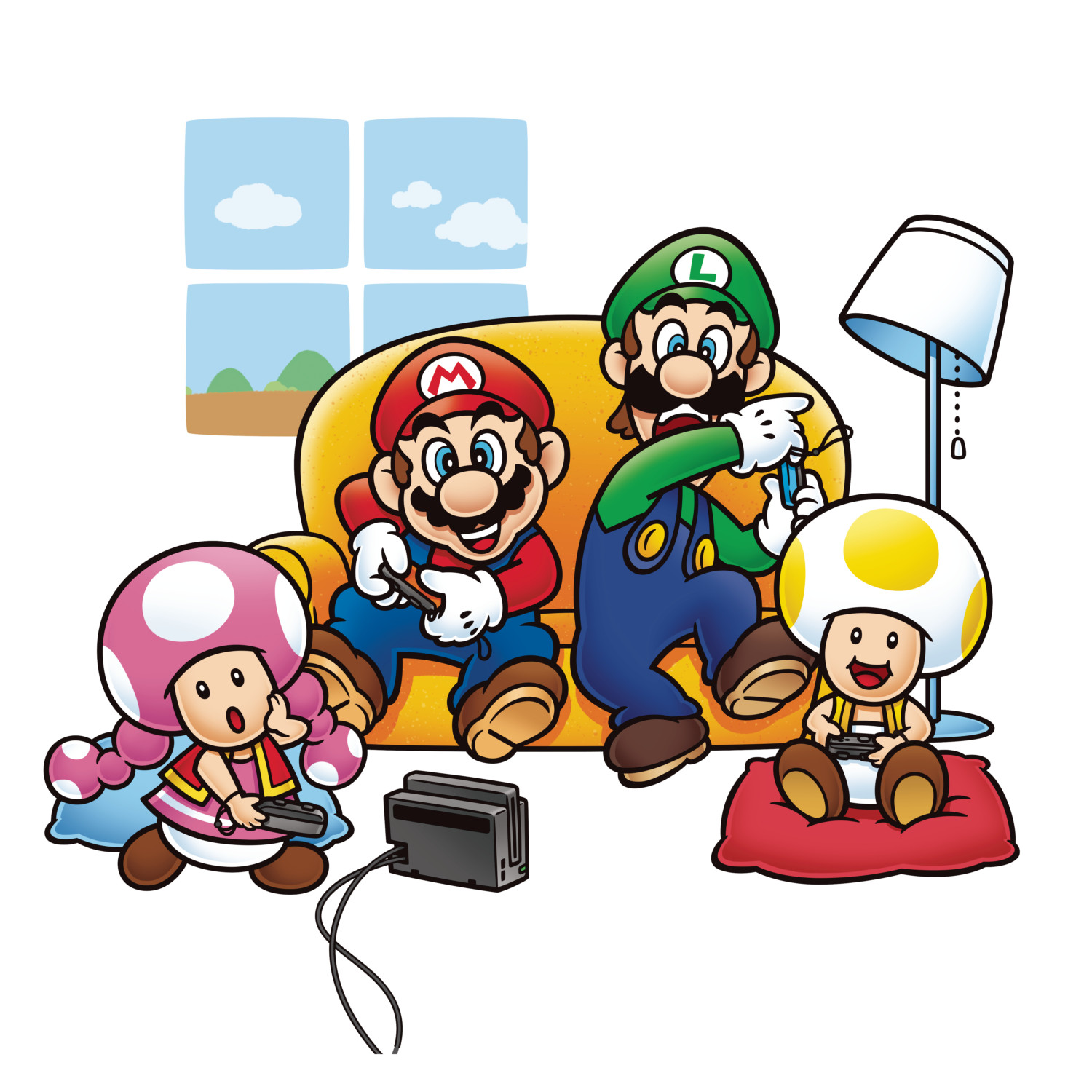
Rumor: Datamined Info Suggests “Enhanced” Switch Version Supports 8GB RAM, Bigger Internal Storage
Known hacker and dataminer Mike Heskin has revealed his findings about the Switch Lite as well as the rumored “enhanced” Switch version.
We have recently reported about Nintendo filing a “Class II Permission Change” to the FCC requesting to modify the internals of the original Nintendo Switch, specifically its memory and processor. Now, Heskin’s datamined information gives further insight about this modification and points out that an “enhanced” Switch version is indeed happening – and calls it the Switch “New”.

According to Heskin, support for three hardware lines exists in the Switch’s HOS since firmware 5.0.0. One hardware line for Tegra 210 (Erista) which powers the original Nintendo Switch and two hardware lines for Tegra 214, now known as Mariko. These two hardware lines refer to the Switch Lite and the Switch “New.”
Based on these datamined information, the Switch “New” has support for both 4GB and 8GB RAM, uses LPDDR4X DRAM (a more power-efficient chip) same as the Switch Lite, has a GPU that is clocked at higher values which may result to a “modest” performance boost, and may have an internal storage larger than the original’s 32GB.
Lastly, Heskin noted that there seems to be no evidence of an actual Switch “Pro” version since there appears to be nothing that points out to a massive performance or memory improvements.
Here’s the summary of his findings:
- Since firmware 5.0 there has been support for three hardware lines, one with the original Tegra 210 and two for the new Tegra 214 (Mariko)
- Those two hardware lines are Switch Lite and Switch “New”.
- The original Switch has 4GB of RAM and 6GB for the devkit. The new models have support for both 4GB and 8GB of RAM.
- Both Switch Lite and “New” use LPDDR4X DRAM which grants a small battery boost due to lower voltages.
- Switch Lite has a smaller screen and non-detachable controllers while “New” Switch should have the exact same form factor.
- The GPU in the “New” Switch is clocked at higher values than Switch Lite, potentially giving a modest performance boost.
- Larger than 32GB memory is possible in the “New” units. Two models have been found in the firmware (codenames “Iowa” and “Calcio”) and is speculated that one will have more internal storage.
- There’s absolutely no evidence of an actual “Pro” version. At least not in the sense that it would be based off of the Tegra X2 or have massive performance and/or memory improvements.
We can recall that Doug Bowser recently commented on the Switch “Pro” and states that if there is a Switch “Pro” on the way, there aren’t any plans to release it this year. However, basing off of Heskin’s findings that this update cannot be considered a Switch “Pro” and Nintendo’s recent filings to the FCC, we might be seeing a similar situation as with the Basic Wii U 8GB and Premium Wii U 32GB, and Nintendo could have just released it at anytime the updated hardware is ready.
After all, according to The Verge, Nintendo might be planning a silent component swap which isn’t entirely new to the video game industry – just as what happened to the XBox 360 getting newer chips due to the infamous “red ring of death.”
Full details of the findings can be found below:
https://twitter.com/hexkyz/status/1149349171993776128
Now that the first Mariko based Switch has finally been announced, I believe it’s a good time to provide some insight on what has been going on inside the Switch’s HOS regarding new hardware.
Since firmware 5.0.0, one of the Switch’s system modules (PCV) has been crucial in providing insight on future hardware. This is what we know for sure:
– Three hardware lines: one for Erista/T210 units (Original Switch), two for Mariko/T210B01/T214 units (Lite and “New” Switch);
– Original T210 units were called: Icosa (retail), Copper (SDEV) and Hoag (EDEV);
– New T214 units are called: Iowa (retail), Hoag (EDEV) and Calcio (unknown);
– Original T210 hardware line had 2 form factors: nx-abca2 (retail and EDEV) and nx-abcb (SDEV);
– New T214 hardware line has 3 form factors: nx-abca2, nx-abcb and nx-abcc (these 3 forms exist for *both* Lite and “New”);
– Original T210 hardware has 4GB (retail) or 6GB (dev) LPDDR4 DRAM;
– New T214 hardware has 4GB or 8GB LPDDR4x DRAM with planned support for 10nm chips;
– Original T210 hardware used the GM20B GPU;
– New T214 hardware uses the GM20B_B (internal name) GPU;
– Original T210 hardware used the MAX77621 PMIC (for CPU and GPU);
– New T214 hardware uses the MAX77812 PMIC (for CPU, GPU and DRAM).
So, we’ve known for a while that two Mariko units have been planned, one being the recently announced Switch Lite and the other being an upgrade to the already existing Switch (which has been further corroborated by a recent FCC filling for the HAC-001-01).
Both Lite and “New” (real name remains unknown) have the same T214 SoC (which backports security mechanisms from more modern SoCs) and both use LPDDR4x DRAM (which grants a small battery longevity boost due to the lower voltages required).
While Switch Lite features a smaller display and non-detachable joycons, the “New” model appears to be exactly the same as the current Switch. However, the GM20B_B GPU in the “New” Switch is clocked at higher values, potentially giving a modest performance boost.
New eMMC sizes are also possible and it’s speculated that “Calcio” units may serve this purpose. It is unclear if the main “Iowa” units will ship with larger eMMC capacity and “Calcio” units will pack a smaller capacity chip or if it’s the other way around.
Finally, there’s absolutely no evidence of an actual “Pro” version. At least not in the sense that it would be based off of the Tegra X2 or have massive performance and/or memory improvements.
